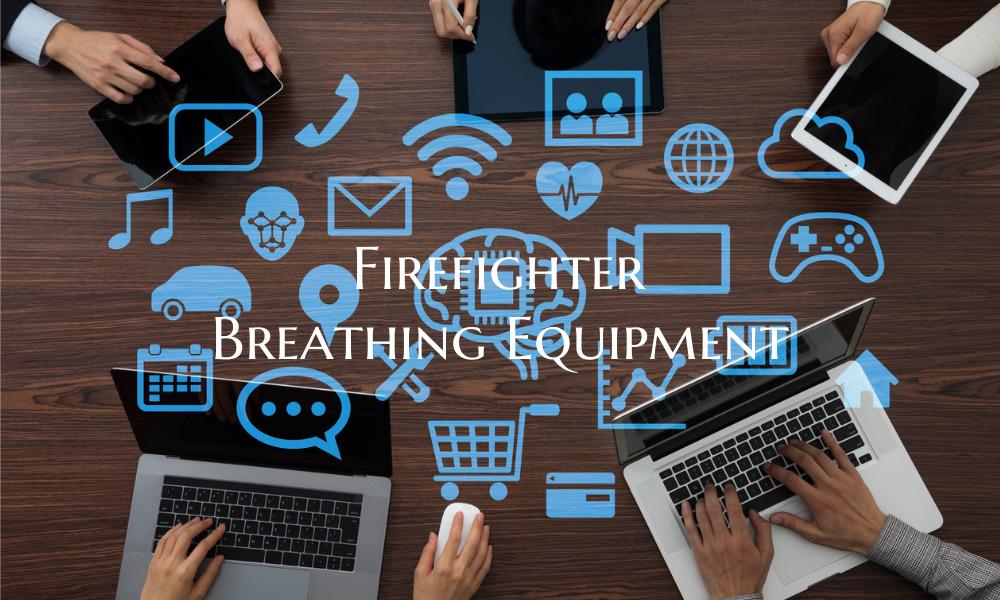Firefighter Breathing Equipment
Introduction: Firefighters are true heroes who put their lives on the line to protect communities and save lives during emergencies. One crucial piece of equipment that ensures their safety in hazardous environments is firefighter breathing equipment. This article delves into the significance of firefighter breathing equipment and its various components.
The Purpose of Firefighter Breathing Equipment: Firefighter breathing equipment, commonly known as SCBA (Self-Contained Breathing Apparatus), plays a crucial role in providing firefighters with a continuous supply of clean, breathable air in environments with low oxygen levels, high temperatures, and toxic gases. The primary purpose of this equipment is to keep firefighters safe and protected while they navigate through smoke-filled buildings, chemical spills, or other hazardous situations.
Components of Firefighter Breathing Equipment: 1. Facepiece: The facepiece is the part of the SCBA that covers the firefighter's face and creates a sealed environment to prevent exposure to toxic fumes and heat. 2. Regulator: The regulator controls the flow of air from the air tank to the facepiece, ensuring that the firefighter receives a consistent supply of breathable air. 3. Air Cylinder: The air cylinder stores compressed air that is used by the firefighter for breathing. 4. Harness Assembly: The harness assembly secures the SCBA to the firefighter's body, allowing for hands-free operation in dangerous conditions. 5. Alert System: Many modern SCBAs are equipped with alert systems that warn firefighters when their air supply is running low, ensuring they have enough time to exit a dangerous environment safely.
Training and Maintenance: Proper training in the use of firefighter breathing equipment is essential for all firefighters to ensure they can effectively use the equipment in emergency situations. Additionally, regular maintenance and inspections are critical to ensure that the SCBAs are functioning correctly and are ready for use at any time. Fire departments should have strict protocols in place for the inspection, testing, and replacement of SCBA components to guarantee the safety of their firefighters.
Conclusion: Firefighter breathing equipment is a lifesaving tool that allows firefighters to operate in dangerous environments with confidence and protection. Understanding the components of SCBA and the importance of proper training and maintenance is crucial for ensuring the safety of firefighters as they carry out their heroic duties. Fire departments must invest in high-quality breathing equipment and provide ongoing training to their personnel to enhance their ability to respond effectively to emergencies and protect lives.

